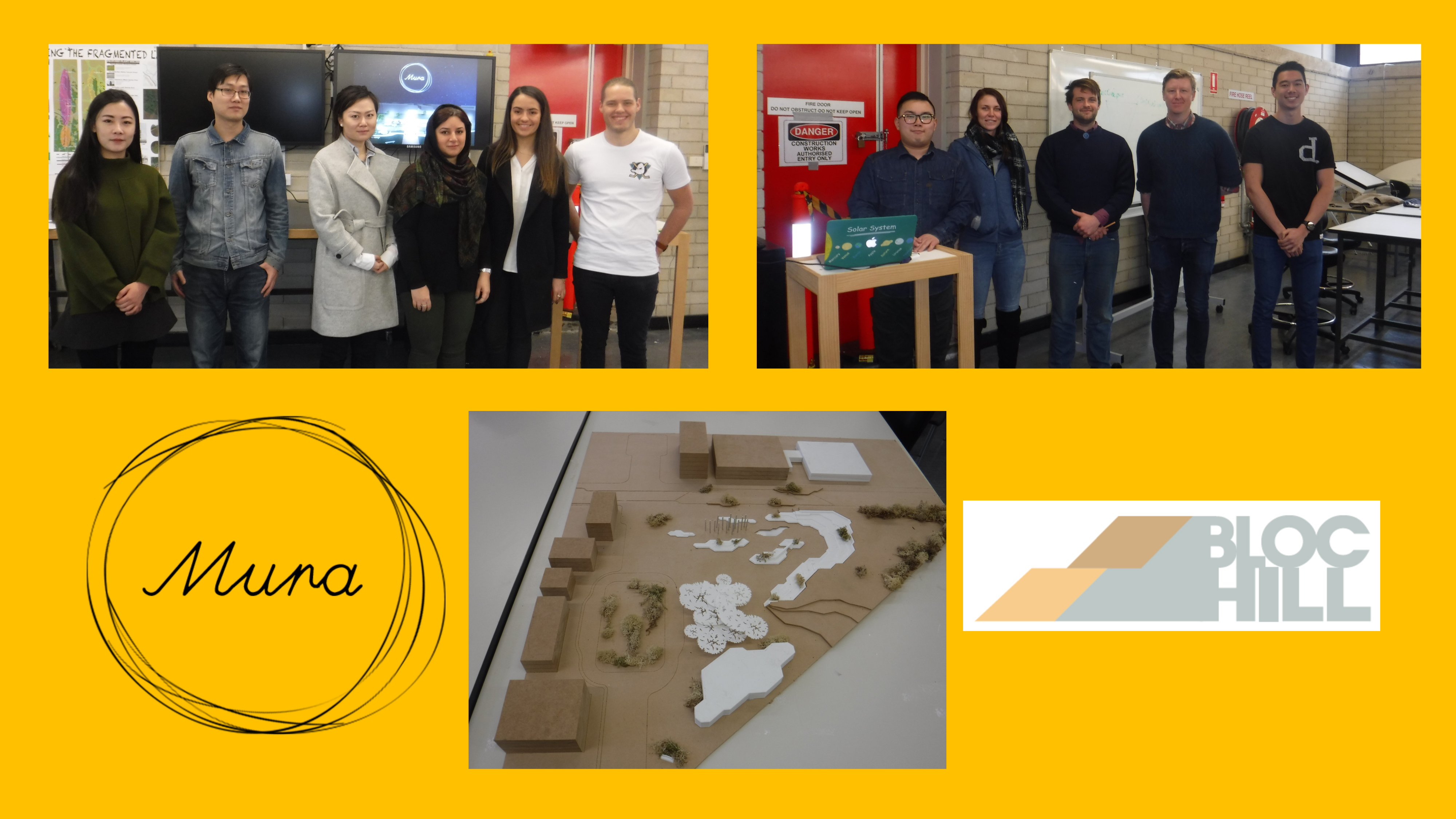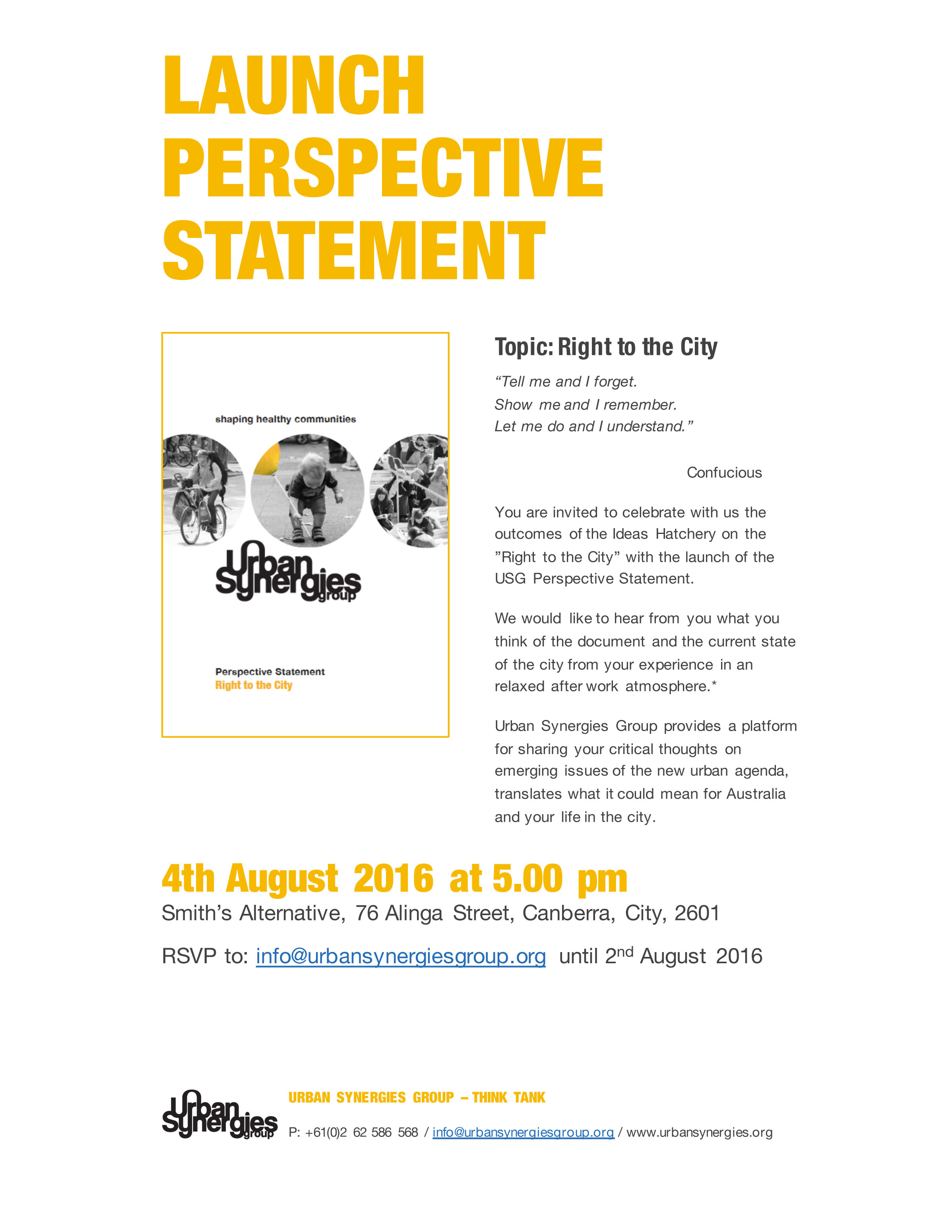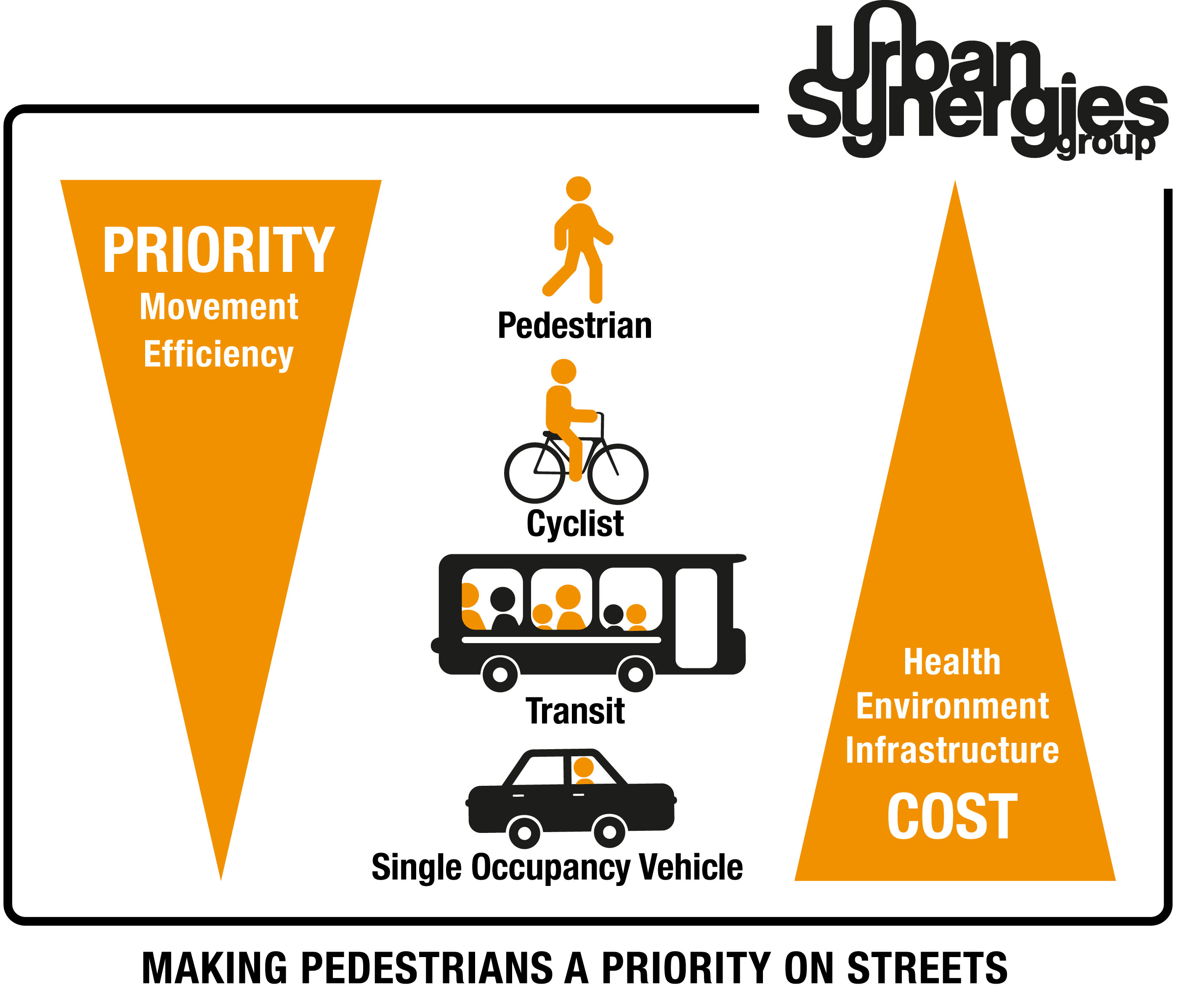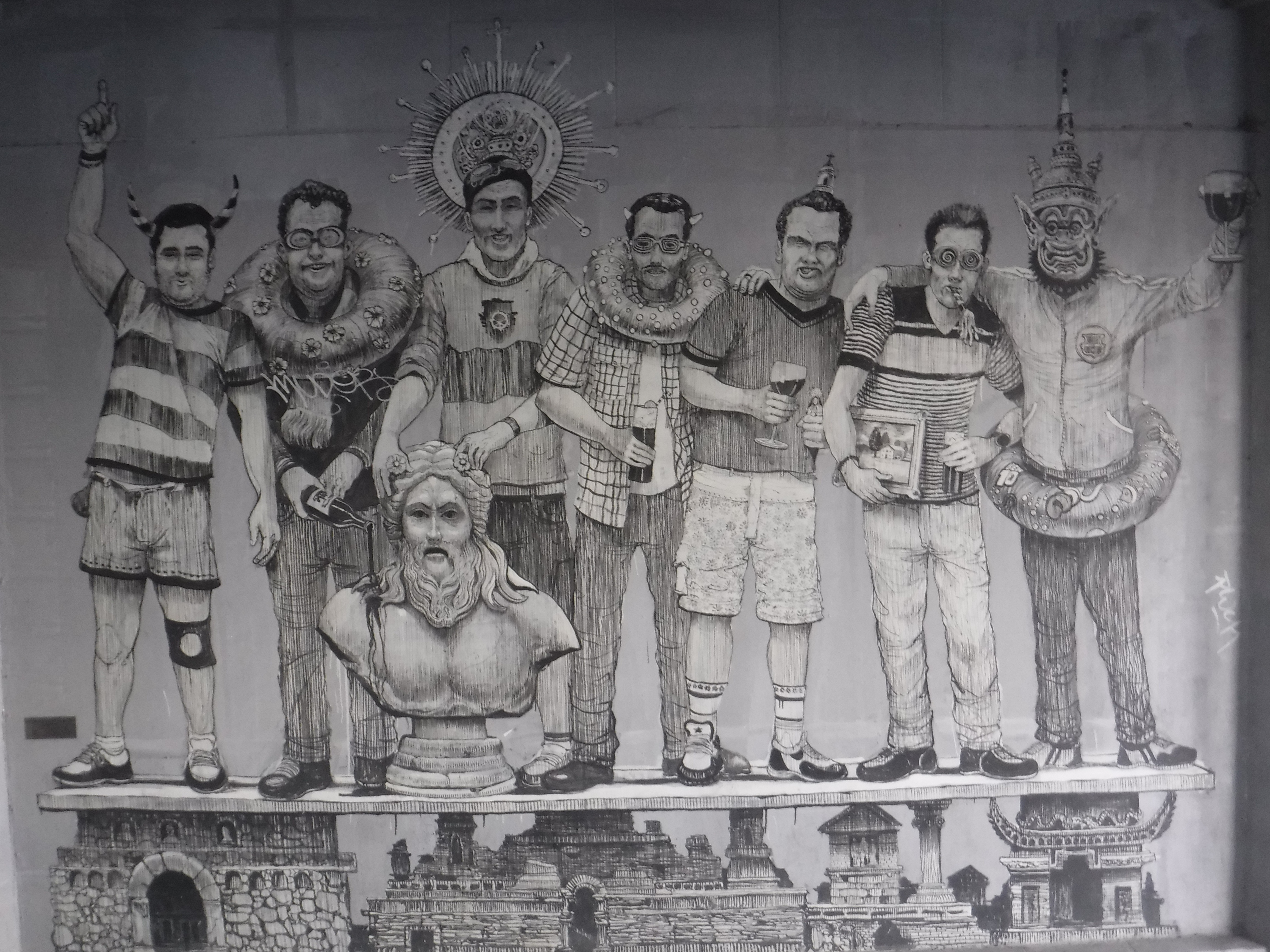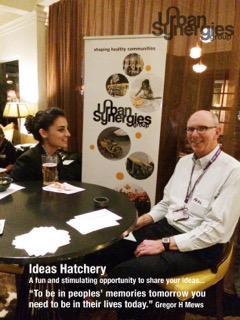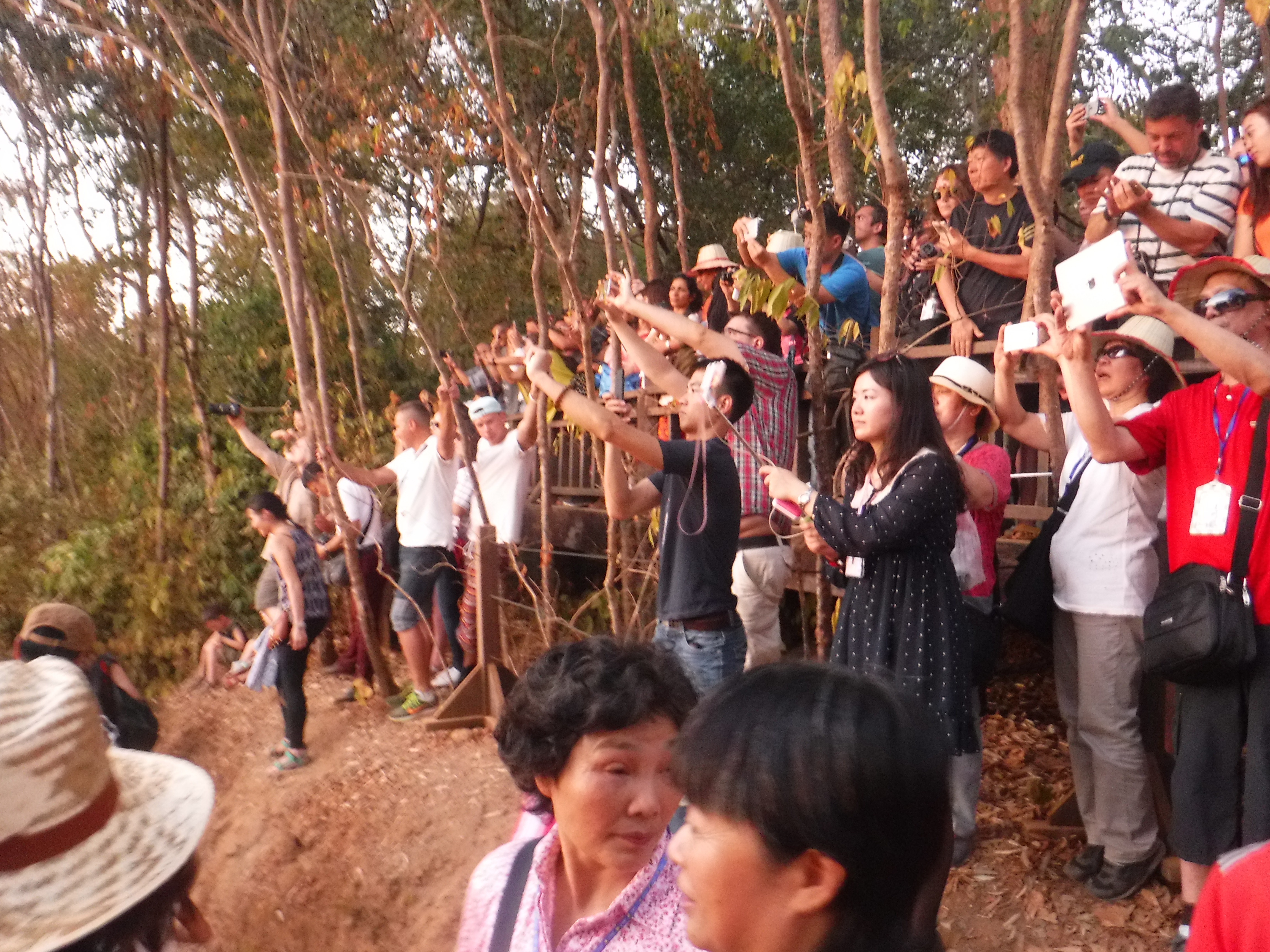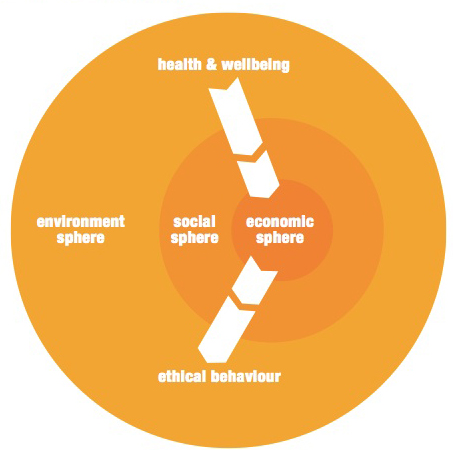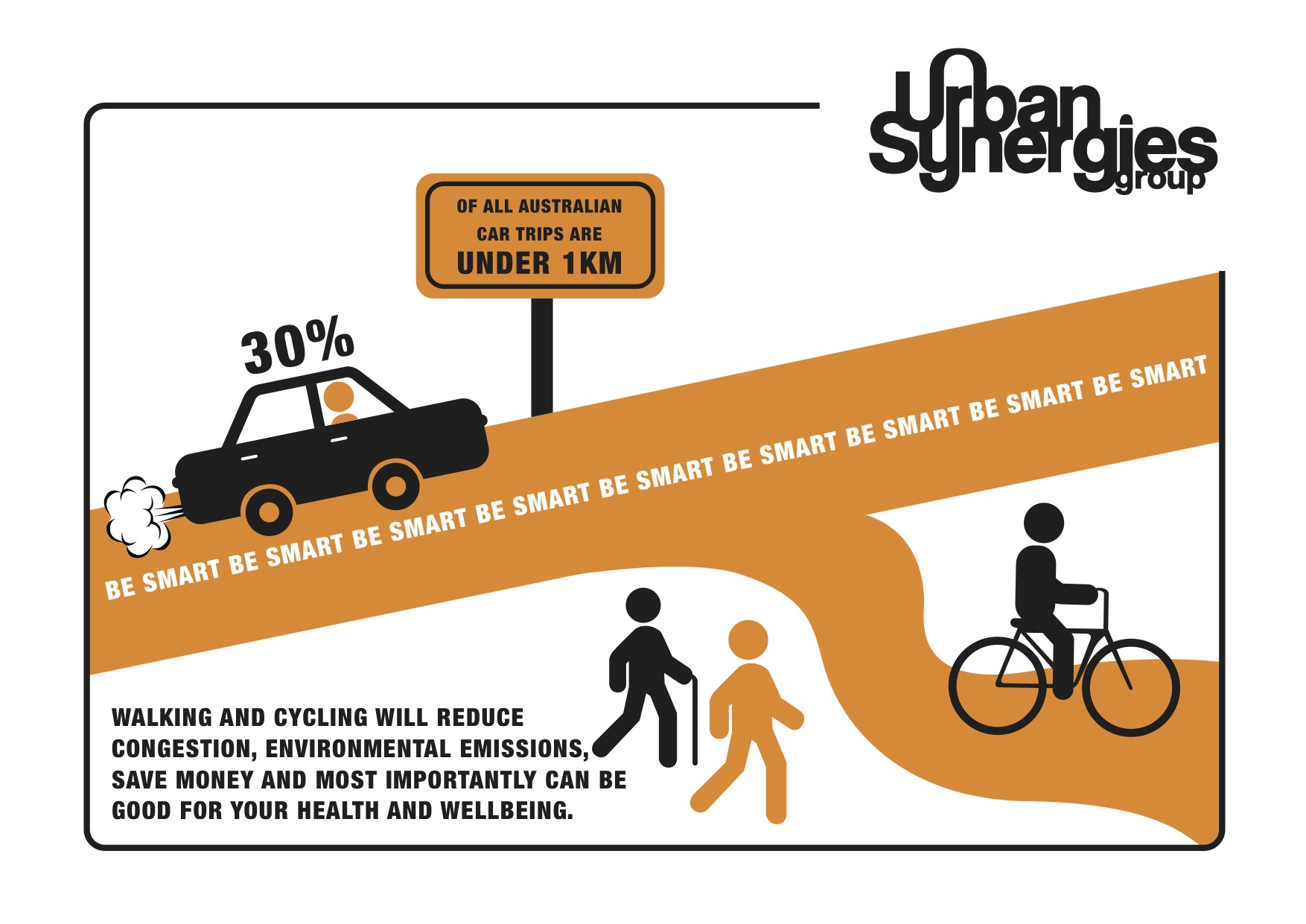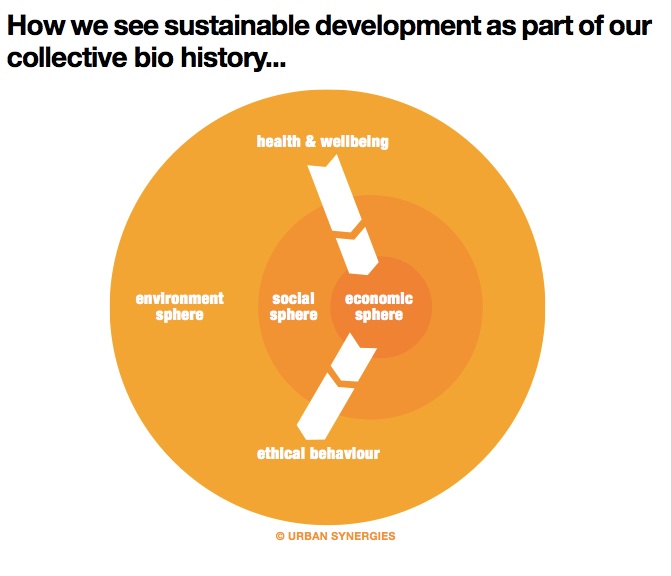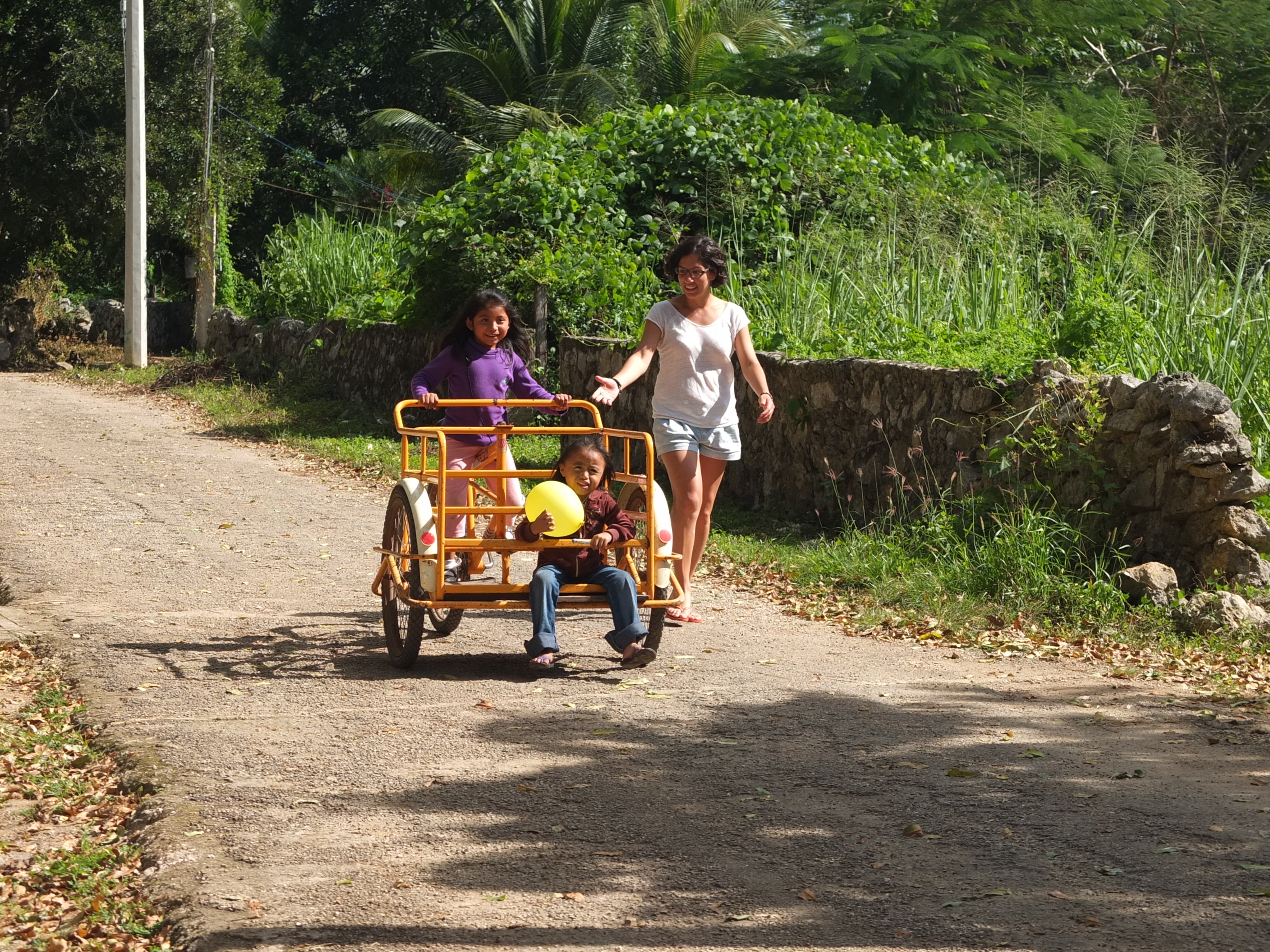Australia’s population is expected to reach 35 million by 2050 and the nation’s regional towns will play an important role in supporting sustainable growth and connecting people with employment hubs. Transit-oriented development will be pivotal in ensuring that regional centres remain healthy and sustainable communities as they continue to grow. We had the chance to catch up with Greg Mews, Active Living Coordinator at the Heart Foundation and speak about the complex interrelationship between urban and transit planning, density and public health.
Question: What planning and transport parameters do regional towns need to consider to encourage active and healthy communities today and in the future?
Before I am able to answer this question I’d like to highlight that we cannot continue with our current “business as usual” approach to policies and strategies. We are facing a number of significant challenges in transport, climate change, liveability and public health. As for public health challenges, the rates of overweight and obese Australian adults has doubled over the past two decades, with Australia now ranked as one of the fattest of the developed nations. Overweight and obesity affects about one in two Australian adults and up to one in four children. Cardiovascular disease (CVD) is the leading cause of death in the country, with almost 50,000 deaths in 2008. CVD is responsible for more deaths than any other disease group.
Regular physical activity plays an important role in promoting healthy weight and reducing the risk of cardiovascular and other lifestyle-related diseases. Conversely, sedentary behaviours at home, in transit and at work are independently linked with overweight, obesity and poor health.
For this reason the 2010 National Preventative Health Task Force report, “Australia: the healthiest country by 2020“, identified the need to reshape urban environments through consistent town planning and building design that encourages greater levels of participation in physical activity and through appropriate infrastructure investments in walking, biking, food supply and recreation.
The World Health Organization reports that one-third of physical inactivity can be prevented by changing the local environment alone. This means across the board we need rethink our approaches around planning and design of the built environment, including open spaces, health, active transport, sustainability in infrastructure and activation of other resources that activate the public realm. We have been able to engineer physical activity out of our daily routines and are now paying the price for it. Physical inactivity costs the health budget an estimate of $1.5bn a year and the economy $13bn a year.
Sedentary behaviours are influenced by increasing car dependency, built environments that do not support active and healthy lifestyles, an increasing reliance on advancing technology and modern conveniences, and occupations that impose prolonged sitting times. One study found that each additional hour spent in a car each day was associated with a six per cent increase in the likelihood of obesity. Conversely, each additional kilometre walked per day was associated with a five per cent reduction in the likelihood of obesity.
Regional towns and cities will have a very important role to play in encouraging a more active and healthy lifestyle. The 2011 State of Australian cities report confirmed that older Australians are moving away from cities with a similar trend among younger Australians and higher skilled people moving to near-city and coastal regional areas. If we are committed to achieving healthier and more active communities we need to ensure all people including the elderly, the young, and the disabled, have equal access opportunities to convenient and safe active transport systems that are supported by innovative land use forms.
Question: How can walking and cycling be better integrated with existing transport modes?
There are plenty of examples from around the globe and increasingly from within Australia showcasing innovation in better integration of active travel into existing networks. Perth has now a good head start in experimenting with transport-oriented developments and the South Australian Government released last year their guideline documents called “Transit-oriented developments…through a health lens“. The ACT government just endorsed the Transport for Canberra Strategy, which is truly an integrated strategy that offers a lot of good solutions.
However these are all prominent projects that demonstrate leadership in absence of a clear overall direction from the federal government. What we need is an integrated national active transport strategy, established by an independent national active transport authority, which embraces policies and planning for walking, cycling and public transport. This will be instrumental in providing consistent framework and help to overcome the current challenges.
Question: Density is often stated as a crucial factor when it comes to providing regular and reliable transport services. Thinking globally, what are the most creative approaches you have seen in improving access to public and active transport infrastructure in low density regions?
Greg Mews: Paul Mees the author of “Transport for suburbia” (read a book review here) might be the best person to ask this questions but from a planning/design perspective “density” or as I’d like to refer it to “compact built form” can be beneficial to achieve reliable transport services if done right. What does this mean? It’s more about diversity around land use and density rather than radical densification. If corridor intensification is the chosen option to achieve better public transport service outcomes then it must be:
a) balanced with a mixed form of land use, which helps to reduce distance travelled;
b) come with good traffic regulations and enforcement (parking restrictions etc.);
c) the urban design in corridors and around hubs need to be in human scale, with quality open space and quality architecture;
d) In particular in the Australian context we need to overcome the thinking that public transport stops need to be attached or next to highways or main roads;
e) Foremost any development within an existing/ established neighbourhood environment needs to have the support of a representative majority of the community.
However I’d like to refer to two cities, which have done an excellent job in achieving innovative results around improving access to active and public transport. First is Freiburg in Germany, most people may already studied or heard of the district Vauban, where they achieved in an extraordinary exemplar case to reverse the transport hierarchy, which means people first, then bicycles, then public transport and private vehicle last. If you think this could not be achieved in an English speaking country I’d like to highlight the exemplar case of the city of Portland, Oregon USA.
Question: What constitutes good levels of density from a health and active living perspective?
Greg Mews: I hope my previous question answered this to a degree. However I’ve recently taken part in a conference of the Urban Age project, a global investigation into the futures of our cities, organised by the London School of Economics. Under the umbrella “Cities, health and wellbeing” we discussed density and the impacts on human health in the case of Hong Kong with its hyper density and very efficient public transport system. We found that this is a rather inherently complex issue.
Knowledge exchange around latest evidence, evaluation, research and strategies is essential in finding a local solution to the issue. Wherever I have worked the local climate, culture, ecosystem, planning systems were very unique and evidence as well as local knowledge seems to me the most sensible way forward in determining the best density and health outcomes for a city.
On that note I might say that the Heart Foundation has just released a report on precisely this matter. In May 2012 we will also publish our Active Living Impact Checklist for developments that can help achieving better outcomes for physical activity on site specific level. Healthy Spaces and Places, the national guide to designing places for healthy living, developed in the unique partnership between the Planning Institute of Australia, the Australian Local Government Association as well as the Heart Foundation, offers a range of solutions and ideas for healthier neighbourhoods in Australia.
Question: You will be presenting at the inaugural Regional Transport conference, to be held on the 22nd and 23rd May at the Gold Coast. What discussions would you like to have with industry peers at the forum?
Greg Mews: In order to increase walking, cycling and public transport use it is necessary to reduce car use. I’d be very curious to have an informed discussion around how we can achieve the most cost effective way in delivering an improved public transport service that offers a real alternative to the private vehicle in the Australian context. Only if we make active travel an easy and convenient option we have a chance to overcome many of our current challenges.
Changing the economics of car use towards a system that encourages a more rational consideration of modal choice might be a way forward. As well as having a debate around transport modelling for regional areas to ensure that the models represent travel and location behaviour in an effective manner. Variables such as physical activity need to be included as well as cost effectiveness of making changes to the existing modelling system.
More under the following link http://www.informa.com.au/conferences/transport/infrastructure/regional-transport/interview-with-greg-mews
